Soil Security in Sustainable Development
Abstract
:1. Introduction
2. The Role of Soil Science in Interdisciplinary Sustainable Development Goal (SDG) Projects
3. Linking the Five Cs of Soil Security to the Soil Functions, Ecosystem Services and SDGs
Considering a given type of soil, how and by whom is the soil being used and managed? What are their questions and goals? Who passes judgements? (“connectivity”). What is its “condition” in terms of its contribution towards ecosystem services and what contributions might be potentially possible? (“capability”). How does this soil compare with other soils in terms of its contributions (“capital”) and are its condition and capability properly addressed in societal and policy legal frameworks (“codification”).
4. The Importance of ‘Connectivity’ in a ‘Post-Truth’ World
4.1. Limitations of the Linear Research Model When Investigating SDGs
4.2. Various Ways of Engaging Stakeholders in Six Case Studies on Land Use
4.3. Offering Options to Italian Farmers
5. Soil-Water-Atmosphere-Plant Models Characterizing ‘Capability, Condition and Capital’
6. Facing ‘Codification’ as a Major Challenge to Connect Science with the Policy Arena
6.1. A Circular Approach to Farming Can Be a Guide for New, Innovative Environmental Policies
6.2. The Challenge of the ‘4per1000’ Proposal of the Paris Conference of the Parties (COP21)
7. Conclusions
- The UN SDGs provide a useful frame to present scientific research to the outside world.
- The 5 Cs of the soil security concept can provide a systematic roadmap to realize effective SDG-oriented research. Targets and indicators that are now part of the SDG proposal are inadequate as a guide for the research process.
- Models of the soil-water-atmosphere-plant system are an effective vehicle for interdisciplinary soil studies that are needed, aimed at realization of the SDGs.
- In the post-truth 21st century, connectivity is a key ingredient of SDG-oriented studies, linking stakeholders to problem identification, research execution and implementation and also allowing (hopefully) a meaningful connection with politicians.
Funding
Conflicts of Interest
References
- Keesstra, S.D.; Bouma, J.; Wallinga, J.; Tittonell, P.; Smith, P.; Cerdà, A.; Montanarella, L.; Quinton, J.N.; Pachepsky, Y.; van der Putten, W.H.; et al. The significance of soils and soil science towards realization of the United Nations Sustainable Development Goals. Soil 2016, 2, 111–128. [Google Scholar] [CrossRef] [Green Version]
- Field, D.J.; Morgan, C.L.S.; Mc Bratney, A.B. (Eds.) Global Soil Security; Springer: Cham, Switzerland, 2017. [Google Scholar]
- Richer-de-Froges, A.C.; Carre, F.; Mc Bratney, A.B.; Bouma, J.; Arrouiays, D. Global Soil Security. Towards More Science-Society Inferfaces; CRC Press/Taylor and Francis Group: Boca Raton, FL, USA, 2019. [Google Scholar]
- Kroes, J.G.; Van Dam, J.C.; Groenendijk, P.; Hendriks, R.F.A.; Jacobs, C.M.J. SWAP Version 3.2. Theory Description and User Manual; Alterra Rep.; Alterra: Denver, CO, USA, 2008; p. 1649. [Google Scholar]
- Bouma, J.; van Ittersum, M.K.; Stoorvogel, J.J.; Batjes, N.H.; Droogers, P.; Pulleman, M.M. Soil Capability: Exploring the potenials of soils. In Global Soil Security 2016; Field, D.J., Morgen, C.L.S., Bratney, A.B.M., Eds.; Springer International: Cham, Switserland, 2016; pp. 27–44. [Google Scholar]
- Bouma, J. How the soil security concept can pave the way to realizing some soil-related SDG´s. In Global Soil Security. Towards More Science-Society Interfaces. Proc. Global Soil Security Conference, Paris, France, 5–6 December 2016; Richer-de-Forges, A.C., Carré, F., McBratney, A.B., Bouma, J., Arrouays, D., Eds.; CRC Press/Taylor and Francis Group: Boca Raton, FL, USA; Londen, UK; New York, NY, USA; Leiden, The Netherlands, 2018; pp. 3–11. [Google Scholar]
- ITPS: Intergovernmental Technical Panel on Soil. State of the World’s Soil Resources Report; FAO Publication: Rome, Italy, 2015. [Google Scholar]
- Schwilch, G.; Hessel, R.; Verzandvoort, S. (Eds.) Desire for Greener Land. Options for Sustainable Land Management in Drylands; University of Bern (CDE): Bern, Switzerland, 2012. [Google Scholar]
- Liniger, H.; Critchley, W. (Eds.) WOCAT—Where the Land Is Greener. Case Studies and Analysis of Soil and Water Conservation Initaitives Worldwide; CTA, FAO, UNEP, CDE: Wageniongen, The Netherlands, 2007. [Google Scholar]
- Fukuyama, F. Identity, Contemporary Identity Politics and the Struggle for Recognition; Profile Books Ltd.: London, UK, 2018. [Google Scholar]
- Bush, V. Science—The Endless Frontier; Government Printing Office: Washington, DC, USA, 1945; (Reprinted in 1960).
- Pielke, R.A. The Honest Broker. Making Sense of Science in Policy and Politics; Cambridge University Press: Cambridge, UK, 2007. [Google Scholar]
- Bouma, J.; Kwakernaak, C.; Bonfante, A.; Stoorvogel, J.J.; Dekker, L.W. Soil science input in Transdisciplinary projects in the Netherlands and Italy. Geoderma Reg. 2015, 5, 96–105. [Google Scholar] [CrossRef]
- Bouma, J. Using soil survey data for quantitative land evaluation. In Advances in Soil Science; Stewart, B.A., Ed.; Springer Verlag: New York, NY, USA, 1989; Volume 9, pp. 177–213. [Google Scholar]
- Dekker, L.W.; Wösten, J.H.M.; Bouma, J. Characterizing the soil moisture regime of a Typic Haplohumod. Geoderma 1984, 34, 37–42. [Google Scholar] [CrossRef]
- Dolman, M.A.; Sonneveld, M.P.W.; Mollenhorst, H.; de Boer, I.J.M. Benchmarking the economic, environmental and societal performance of Dutch dairy farms aiming at internal cycling of nutrients. J. Clean. Prod. 2014, 73, 245–252. [Google Scholar] [CrossRef]
- Stoorvogel, J.J.; Kooistra, L.; Bouma, J. Managing soil variability at different spatial scales as a basis for precision agriculture. In Soil-Specific Farming: Precision Agriculture; CRC Press/Taylor and Francis Group: Boca Raton, FL, USA, 2015; pp. 37–73. [Google Scholar]
- Bonfante, A.; Monaco, E.; Alfieri, S.M.; de Lorenzi, F.; Manna, P.; Basile, A.; Bouma, J. Climate change effects on the suitability of an agricultural area to maize cultivation: Application of a new Hybrid Land Evaluation System. Adv. Agron. 2015, 133, 33–69. [Google Scholar]
- Bonfante, A.; Bouma, J. The role of soil series in quantitative Land Evaluation when expressing effects of climate change and crop breeding on future land use. Geoderma 2015, 259–260, 187–195. [Google Scholar] [CrossRef]
- Van Ittersum, M.K.; Cassman, K.G.; Grassini, P.; Wolf, J.; Tittonell, P.; Hochman, Z. Yield gap analysis with local to global relevance a review. Field Crop. Res. 2013, 143, 4–17. [Google Scholar] [CrossRef]
- Bonfante, A.; Terribile, F.; Bouma, J. Refining physical aspects of soil quality and soil health when exploring the effects of soil degradation and climate change on biomass production: An Italian case study. SOIL 2018, in press. [Google Scholar] [CrossRef]
- Droogers, P.; Bouma, J. Soil survey input in exploratory modeling of sustainable soil management practices. Soil Sci. Soc. Am. J. 1997, 61, 1704–1710. [Google Scholar] [CrossRef]
- Rossiter, D.G.; Bouma, J. A new look at soil phenoforms-definition, identification and mapping. Geoderma 2018, 314, 113–121. [Google Scholar] [CrossRef]
- Bouma, J. Applying indicators, threshold values and proxies in environmental legislation: A case study for Dutch dairy farming. Environ. Sci. Policy 2011, 14, 231–238. [Google Scholar] [CrossRef]
- Bouma, J. The importance of validated ecological indicators for manure regulations in the Netherlands. Ecol. Indic. 2016, 66, 301–305. [Google Scholar] [CrossRef]
- Viscarra-Rossel, R.A.; Bouma, J. Soil sensing: A new paradigm for agriculture. Agric. Syst. 2016, 148, 71–74. [Google Scholar] [CrossRef]
- Bouma, J.; Wösten, J.H.M. How to characterize: “Good” and “greening” in the EU Common Agricultural Policy (CAP): The case of clay soils in The Netherlands. Soil Use Manag. 2016, 32, 546–552. [Google Scholar] [CrossRef]
- Minasny, D.; Malone, B.P.; McBratney, A.B.; Angers, D.A.; Arrouays, D.; Chambers, A.; Chaplot, V.; Chen, Z.-S.; Cheng, K.; Das, B.S.; et al. Soil carbon 4 per mille. Geoderma 2017, 292, 59–86. [Google Scholar] [CrossRef] [Green Version]
- Van Groenigen, J.W.; van Kessel, C.; Hungate, B.A.; Oenema, O.; Powlson, D.S.; van Groeningen, K.J. Sequestering soil organic carbon: A nitrogen dilemma. Environ. Sci. Technol. 2017, 51, 4738–4739. [Google Scholar] [CrossRef]
- White, R.E.; Davidsen, B.; Kee Lan, S.; Chen, D. A critique of the paperSoil carbon 4 per mille’ by Minasny et al. (2017). Geoderma 2018, 309, 115–117. [Google Scholar] [CrossRef]
- Baveye, P.; Berthelin, J.; Tessier, D.; Lemaire, G. The “4per 1000” initiative: A credibiklity nissue for the soil science community? Geoderma 2018, 309, 118–123. [Google Scholar] [CrossRef]
- Smith, P. Soils and climate change. Curr. Opin. Environ. Sustain. 2012, 4, 539–544. [Google Scholar] [CrossRef]
- Chenu, C.; Klumpp, K.; Bispo, A.; Angers, D.; Colnenne, C.; Metay, A. Stocker du carbone dans les sols agricoles: Évaluation de leviers d’action pour la France. Innov. Agron. 2014, 37, 23–37. [Google Scholar]
- Arrouays, D.; Balesdent, J.; Germon, J.C.; Jayet, P.A.; Soussana, J.F.; Stengel, P. Increasing Carbon Stocks in French Agricultural Soils? Synthesis of an Assessment Report by the French Institute for Agricultural Research on Request of the French Ministry for Ecology and Sustainable Development; Sci. Assess. Unit for Expertise, INRA: Paris, France, 2002; 36p. [Google Scholar]
- Smith, P. Soil carbon sequestration and biochar as negative emission technologies. Glob. Chang. Biol. 2016, 22, 1315–1324. [Google Scholar] [CrossRef] [Green Version]
- Pulleman, M.M.; Bouma, J.; van Essen, E.A.; Meijles, E.W. Soil organic matter content as a function of different land use history. Soil Sci. Soc. Am. J. 2000, 64, 689–694. [Google Scholar] [CrossRef]
- Sonneveld, M.P.W.; Bouma, J.; Veldkamp, A. Refining soil survey information for a Dutch Soil series using land use history. Soil Use Manag. 2002, 18, 157–163. [Google Scholar] [CrossRef]
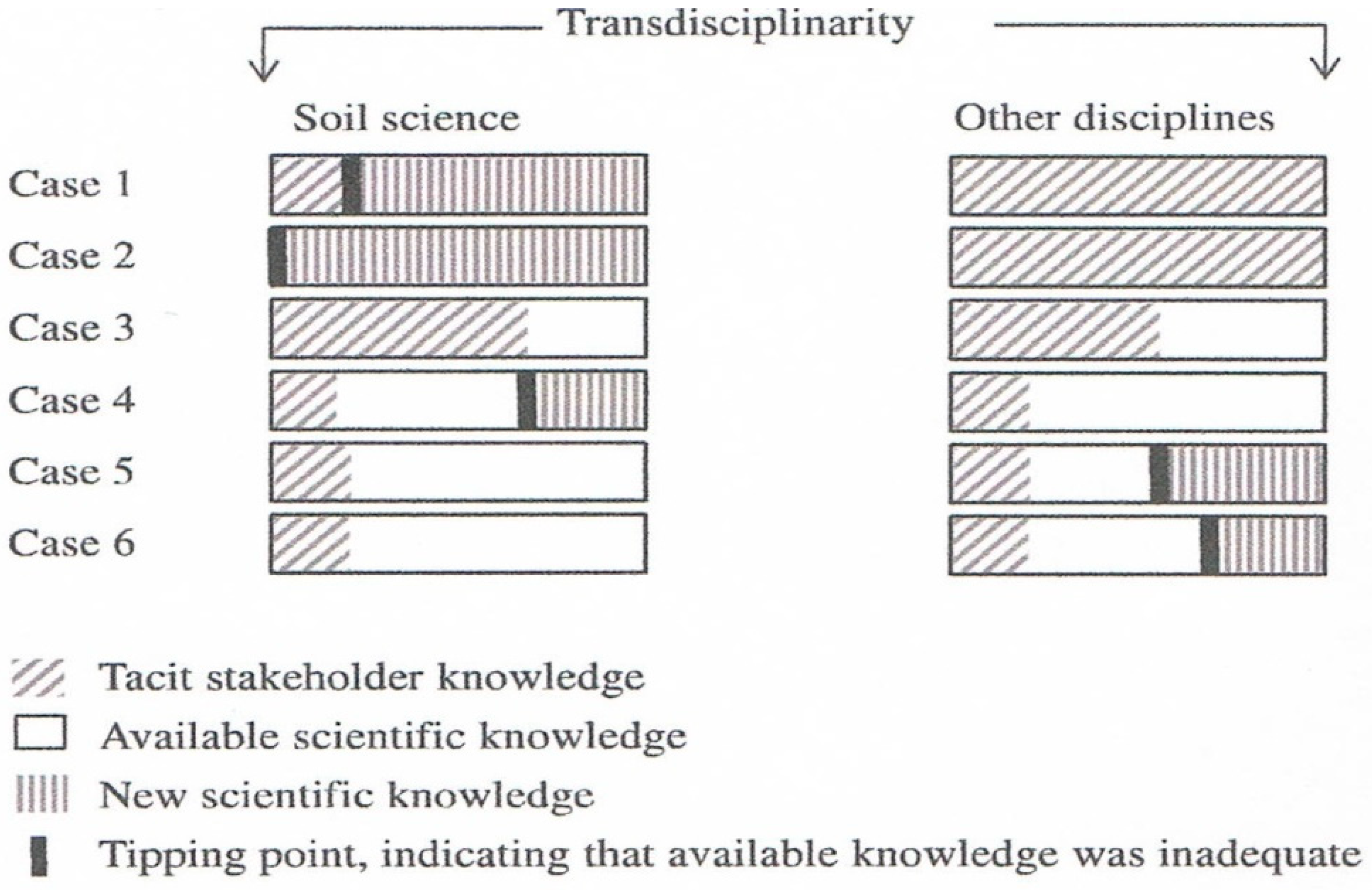
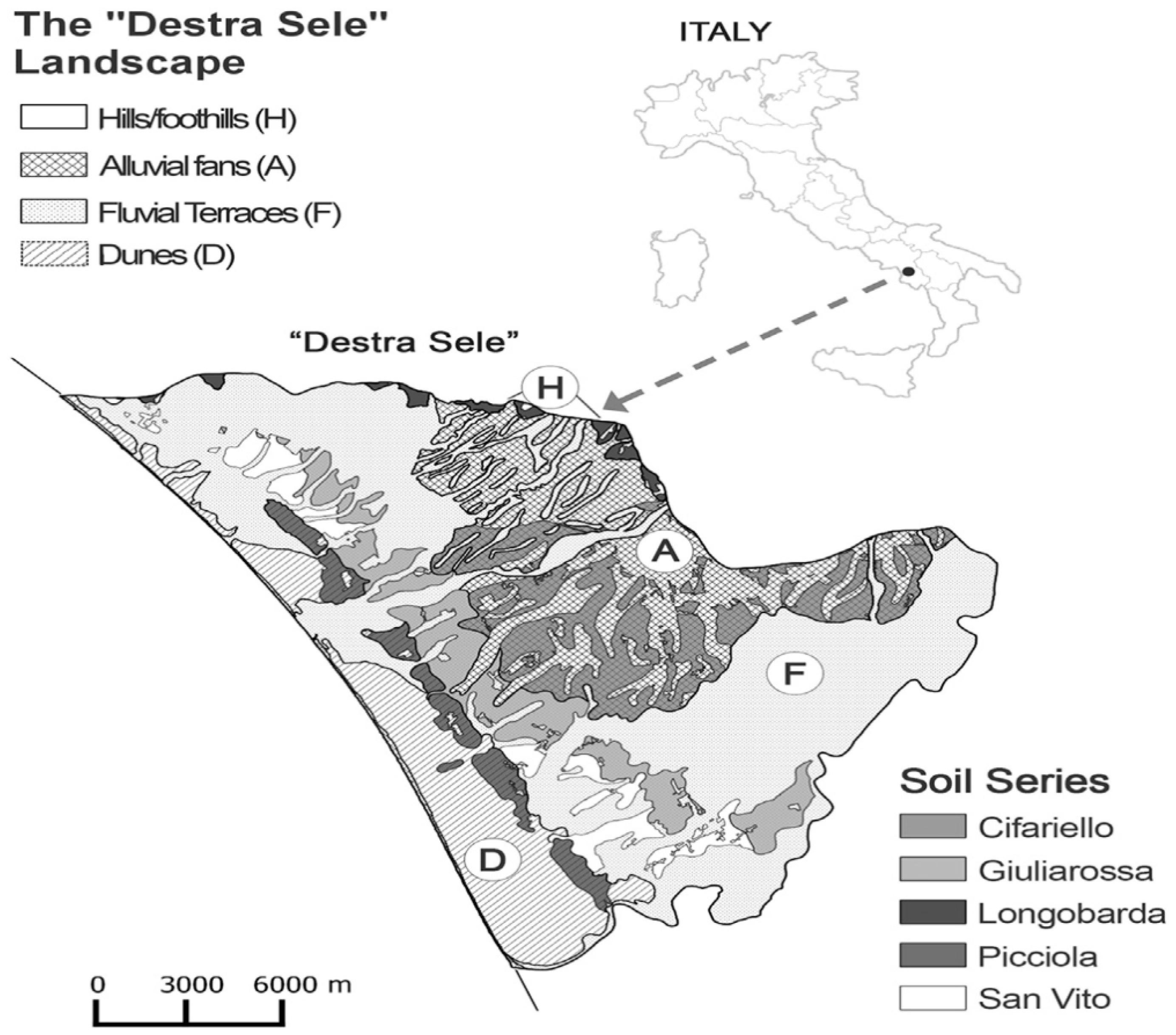
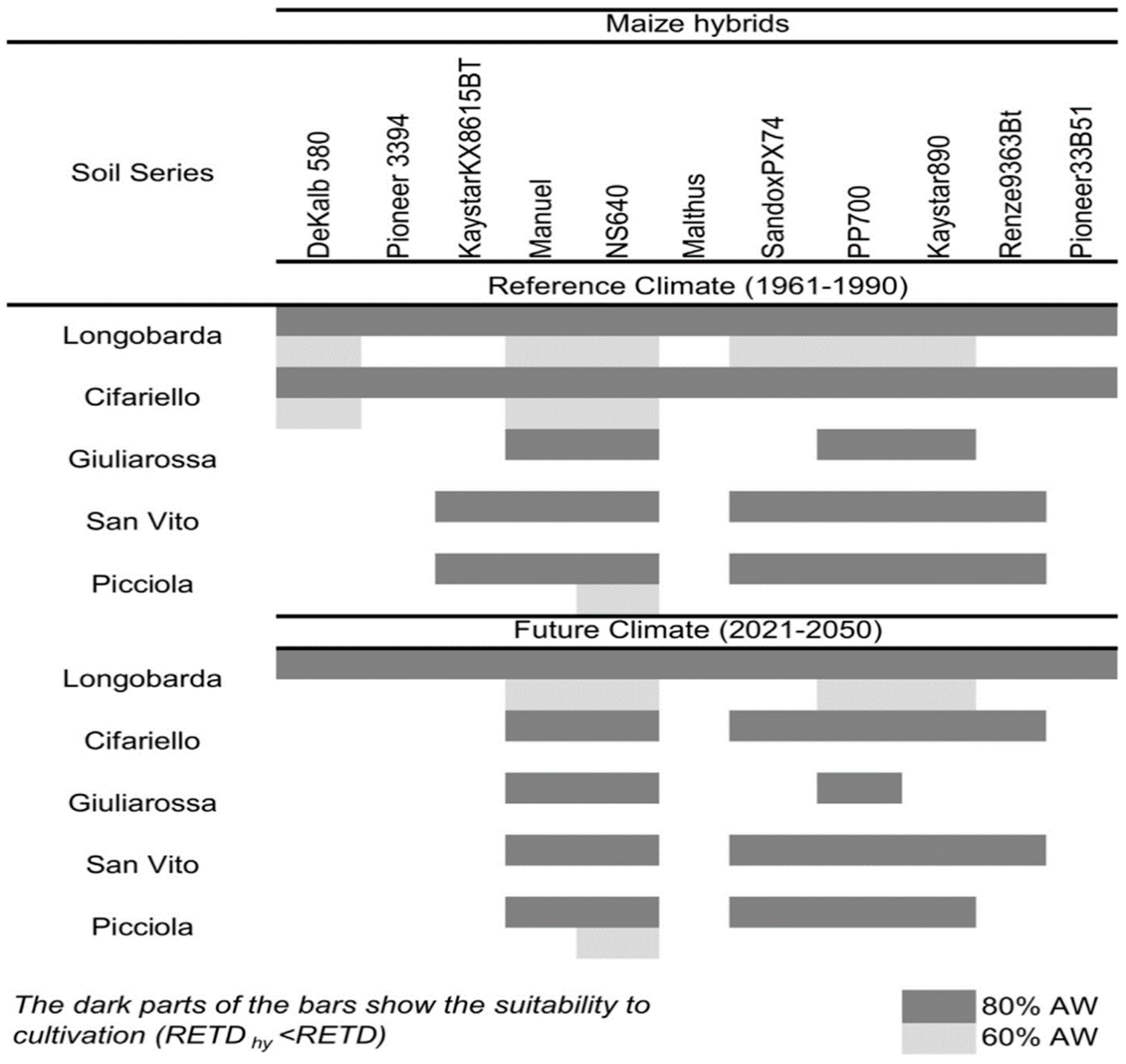
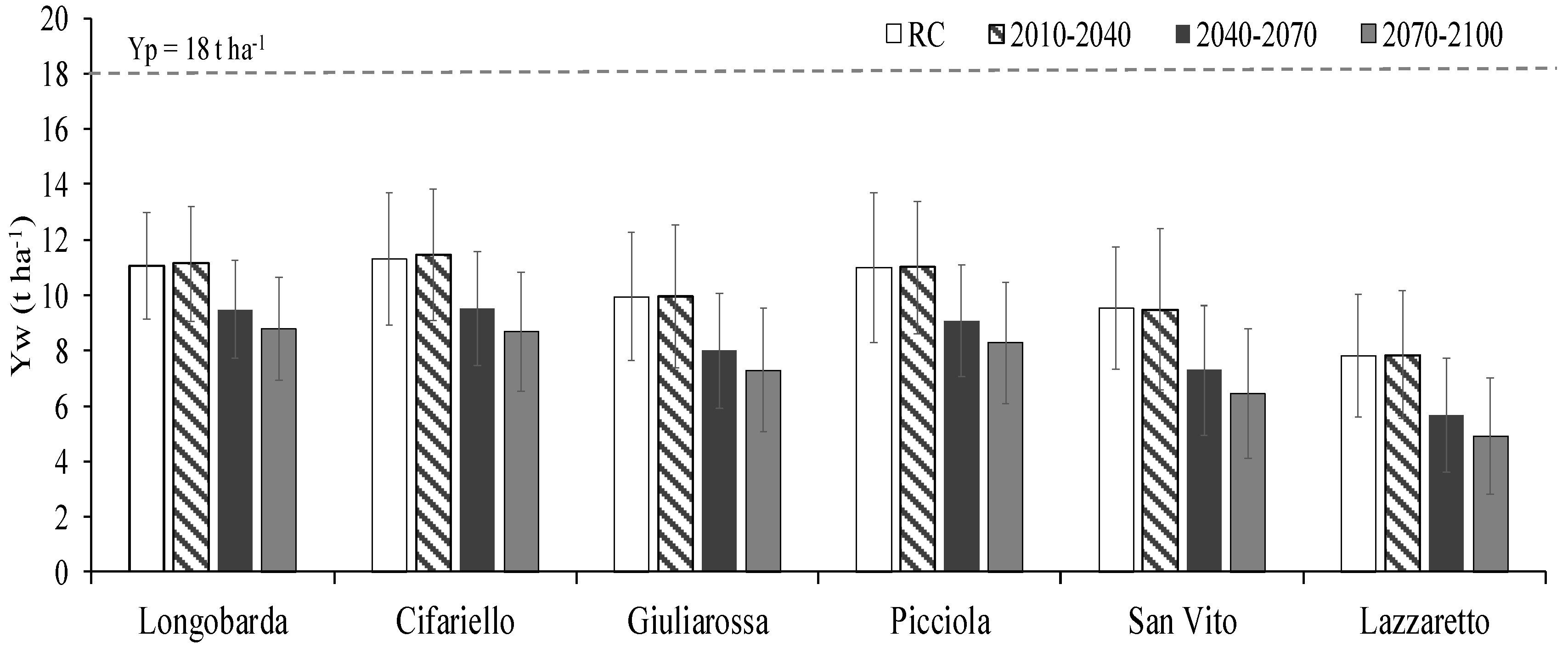
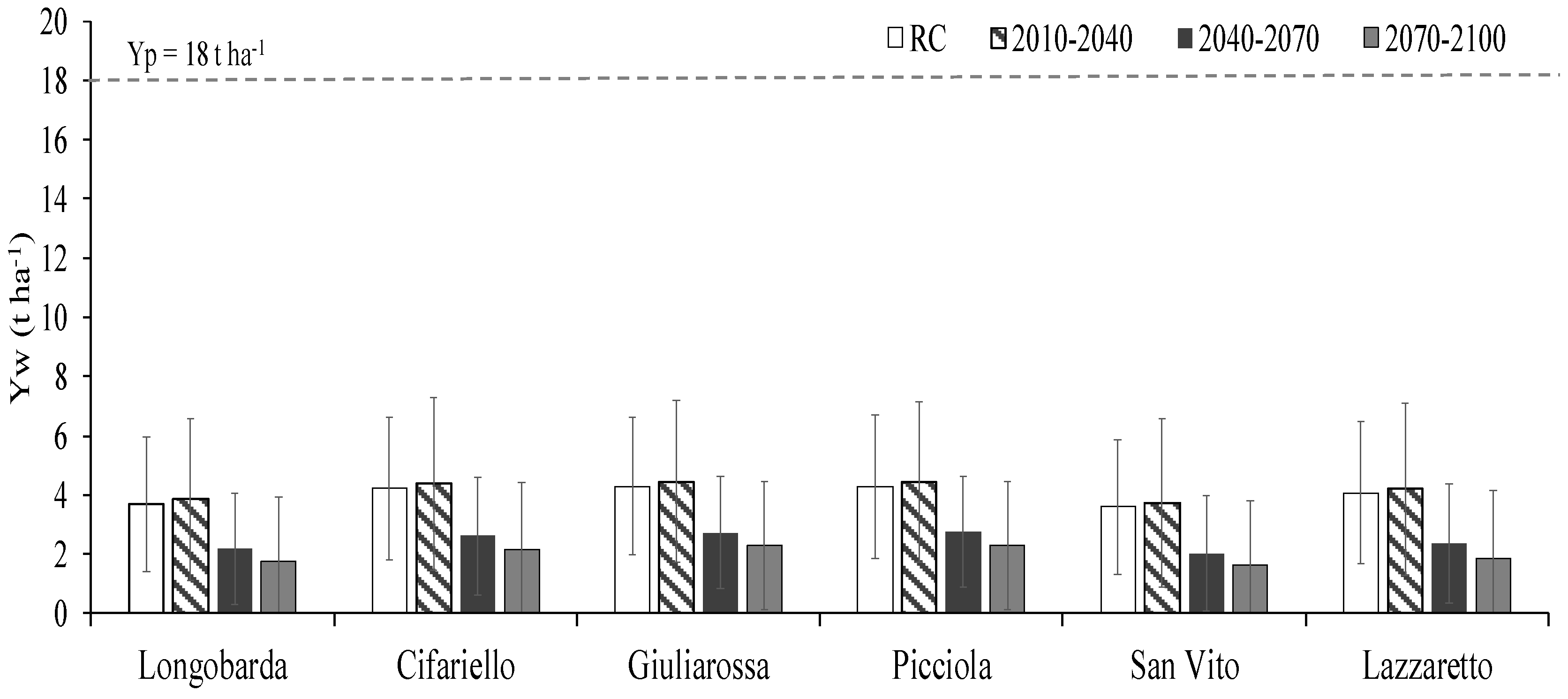
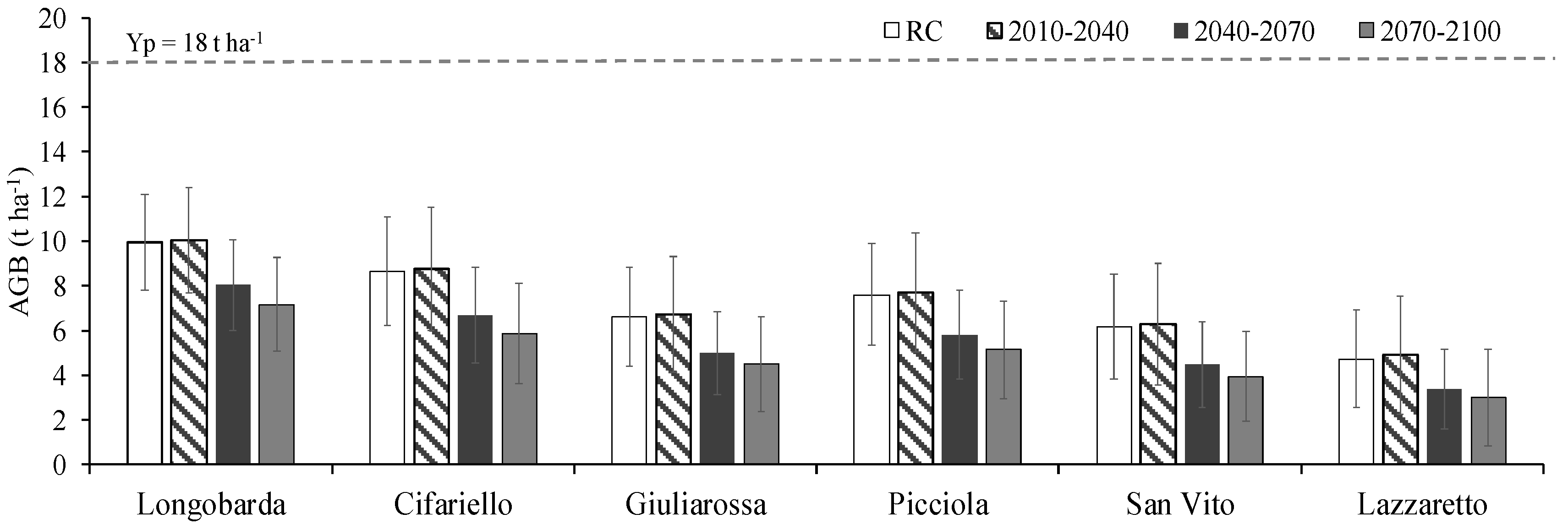
| 2. End hunger, achieve food security and improve nutrition and promote sustainable agriculture (FOOD). |
| 3. Ensure healthy lives and promote well being for all at all ages. (HEALTH). |
| 6. Ensure availability and sustainable management of water and sanitation for all (WATER). |
| 13.Take urgent action to combat climate change and its impacts (CLIMATE). |
| 15. Protect, restore and promote sustainable use of terrestrial ecosystems, sustainably managed forests, combat desertification and halt and reverse land degradation and halt biodiversity loss (ECOSYSTEMS). |
| non renewable energy use: 5.1 MJ/kg milk vs. 5.9 | = −15% |
| input chem.fertilizer N: 128 kg/ha vs. 146 kg/ha | = −12% |
| nitrate leaching: 5.1 kgN/ha/yr vs. 7.0 kgN | = −30% |
| ammonia emission: 30 kgN/ha/yr vs. 35 kgN | = −15% |
| soil organic matter: 186 tonC/ha vs. 156 ton/ha | = +20% |
| av. farm income: 8.3 €/100 kg milk vs. 5.9 €/100 kg milk | = +40% |
| Genoform: coarse loamy, siliceous, mesic Plaggenthreptic Alorthod (Soil Taxonomy); Plaggic Entic Podzol (WRB) | |
| Phenoform 1: topsoil old grassland | OM = 8.1% |
| Phenoform 2: topsoil reseeded grassland | OM = 6.3% |
| Phenoform 3: topsoil conv. arable land | OM = 4.8% |
| % Org.matter = 3.40 − 1.54 × Maize +0.19 × Old + 0.55 × GWC. | (R2 = 0.75) (50 farms) |
| Genoform: loamy, mixed, mesic Typic Fluvaquents (Soil Taxonomy); Haplic Fluvisol (WRB) | |
| Phenoform 1: topsoil old grassland | OM = 5.0% |
| Phenoform 2: topsoil organic arable land | OM = 3.3% |
| Phenoform 3: topsoil conv. arable land | OM = 1.7% |
| % Org. matter = 20.7 + 29.7C1 + 7.5 Cv +7.5 Miv | (40 farms) (r-square: 0.74) |
© 2019 by the author. Licensee MDPI, Basel, Switzerland. This article is an open access article distributed under the terms and conditions of the Creative Commons Attribution (CC BY) license (http://creativecommons.org/licenses/by/4.0/).
Share and Cite
Bouma, J. Soil Security in Sustainable Development. Soil Syst. 2019, 3, 5. https://doi.org/10.3390/soilsystems3010005
Bouma J. Soil Security in Sustainable Development. Soil Systems. 2019; 3(1):5. https://doi.org/10.3390/soilsystems3010005
Chicago/Turabian StyleBouma, Johan. 2019. "Soil Security in Sustainable Development" Soil Systems 3, no. 1: 5. https://doi.org/10.3390/soilsystems3010005
APA StyleBouma, J. (2019). Soil Security in Sustainable Development. Soil Systems, 3(1), 5. https://doi.org/10.3390/soilsystems3010005





